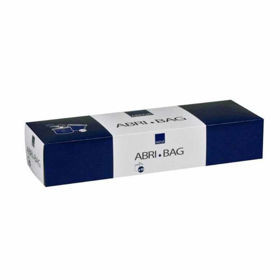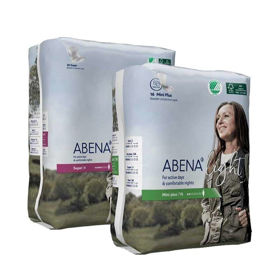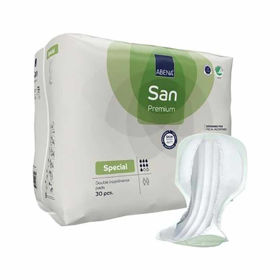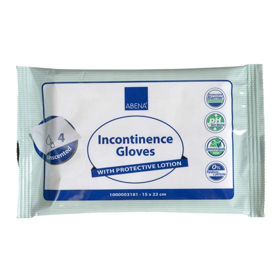Customer question:
What is incontinence? Anonymous customer's question
Pharmacist's answer:
Incontinence is a medical term that describes the inability to control the passage of urine or stool. It most commonly refers to urinary incontinence, where an individual cannot hold urine, leading to involuntary leakage. Urinary incontinence is a common problem that affects people of all ages, although it is more common in older people. There are several types of urinary incontinence, each with specific causes and characteristics.
Stress incontinence occurs when pressure on the bladder from coughing, laughing, sneezing, or lifting heavy objects causes urine to leak. This is often the result of weakened pelvic floor muscles that cannot adequately support the bladder and urethra. Pregnancy, childbirth, and menopause are common risk factors for the development of stress incontinence in women.
Urge incontinence, also known as overactive bladder, occurs when an individual suddenly feels a strong, uncontrollable urge to urinate and cannot hold it in long enough to reach the toilet. This type of incontinence can be caused by urinary tract infections, neurological disorders such as Parkinson's disease or multiple sclerosis, or bladder irritation from certain foods and drinks.
Overflow incontinence occurs when the bladder is empty, resulting in constant or occasional urine dripping. This type of incontinence can be the result of weakened bladder muscles, blockage of the urethra (for example, due to an enlarged prostate in men), or neurological disorders that affect bladder function.
Functional incontinence occurs when physical or mental limitations prevent timely toilet use. This can be due to diseases such as arthritis, which makes it difficult to move, or dementia, which affects the ability to recognize the need to urinate.
Incontinence is often associated with several risk factors, including age, gender, chronic disease, obesity, smoking, certain medications, and pelvic surgery. For women, additional risk factors are pregnancy, childbirth, and menopause.
Interesting reading: Urinary incontinence
Interesting reading: Incontinence in a dog













